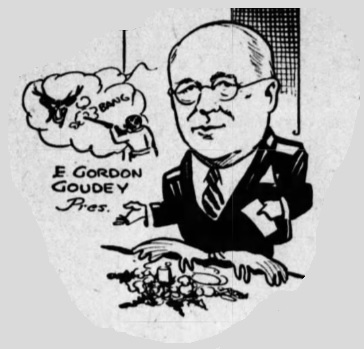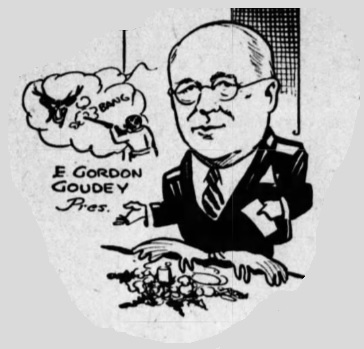Author’s note: My prehistory posts to this point have focused on the cardboard ancestry of Traded sets, World Series cards, In memoriam cards, batting tips, 1981 Donruss, Rated Rookies, and the Big Three cardmakers. This one takes a different turn by skipping the cardboard altogether and looking at the Goudey Gum Company itself, pre-baseball cards, at least as told by the newspapers of the era.
Introduction
Prior to 1920, company founder Enos Gordon Goudey (or E. Gordon Goudey for short) appeared in the papers several times as a socialite and member of the Canadian Club of Boston, and the gum company itself was founded in 1919.
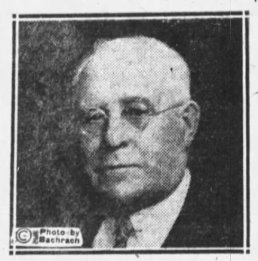
However, it was not until June 17, 1920 (Boston Globe), when his company first hit the papers.
1920
They say behind every good man is a good woman. In the case of Goudey, it was several good women and girls.
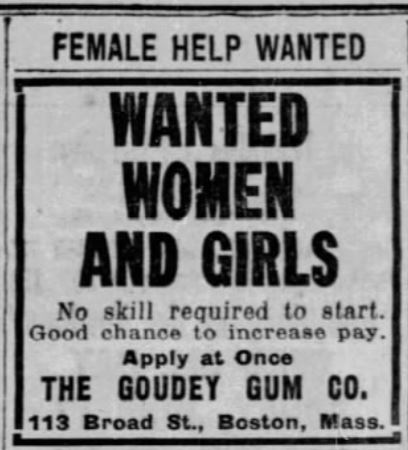
In modern times we might regard this ad as discriminatory, but only a few months later in the pages of the August 22 Post, we will find Goudey recruiting men as well–just none under 27!

Where the first ad billed “no skill required,” this second ad was looking for men to “learn the business.” I am imagining here that the women and girls will be wrapping gum on the factory floor while the “young men over 27” will be managers and salesmen.
1921
Either way, I bet newspaper readers were dying to know what was going on behind closed doors at 113 Broad Street. What incredible product could the men who learned the business and the women with no skill be working on? April 13, 1921, readers of the Boston Post would find the answer buried in the classified ads.

CHOCOLATE GUM! This would be the flavor to take down the National Chicle and Wrigley empires! All that was missing was the stepped up ad campaign hitting the post five days later, complete with a $1000 promotion. (Apparently the young men who “learned the business” still had gaps in their knowledge.) I rather like the snazzy Goudey Gum logo, which we will never see again.
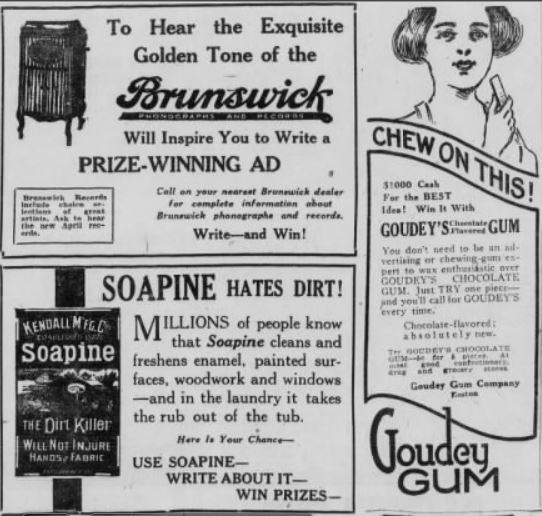
By the time the Sunday edition of the Post came around on April 24, Goudey was one of many companies that four lucky winners of the Zain Ad Contest would write ads for.

It took less than a month for the new marketing squad to unleash the “Something New Under the Sun” ad campaign in the May 19 pages of the Post. Still, they were hedging their bets by leaving the $1000 reward in case something better came along.
Note also that we are no longer just looking at plain old boring chocolate gum. There are now two flavors: chocolate mint and chocolate fruited!
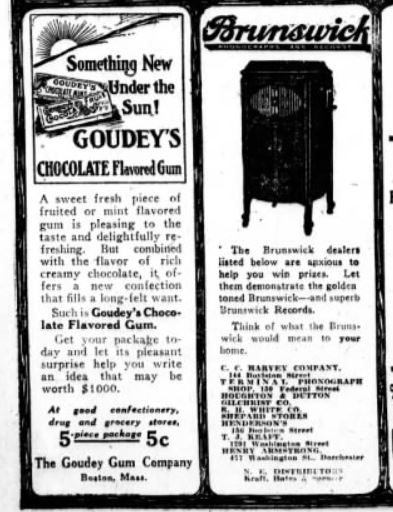
Less than two weeks later the “Try and Know Why” (translation: we don’t know yet) campaign hit the May 31 edition of the Post. I suspect this early ad influenced the “Why ask why” campaign of Anheuser-Busch for their Bud Dry product.

The early summer would be devoted to chocolate gum–fruited and otherwise–but behind the scenes Goudey was preparing for a major product launch. It would not only be a (slight) upgrade over previous flavors but also be (I believe) the first time Goudey used sports, including baseball, in the marketing of their products.
Goudey’s “Super Lemolyme” gum was introduced with a near-full page ad in the August 2 Boston Post. Note the baseball pitcher among the various other athletes and typists shown. Also note the similarity of style between these sporting silhouettes and the familiar silhouettes from Goudey’s 1933 Sport Kings (or even 1934 Goudey) set.
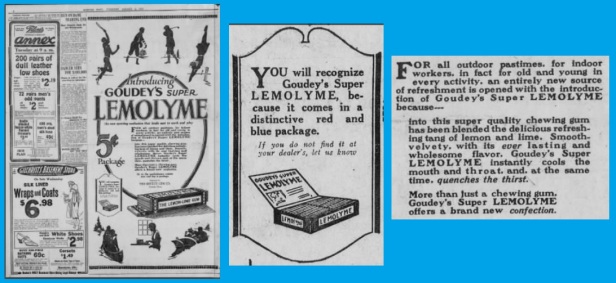
Three days later, Goudey began tailoring their copy to individual sports. Their August 5 Post ad made sure baseball fans knew Super Lemolyme was “a sure hit!”
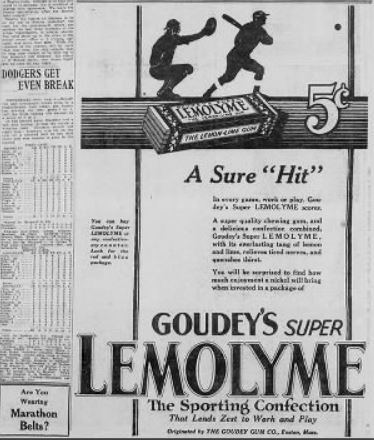
Three days later they would let tennis players know Super Lemolyme “plays in every set!” and three days after that golfers would know the gum was “a perfect score!” Come August 25, Goudey’s outreach targeted fans of just about any sport with a “Great on the Field or in the Stand” campaign.
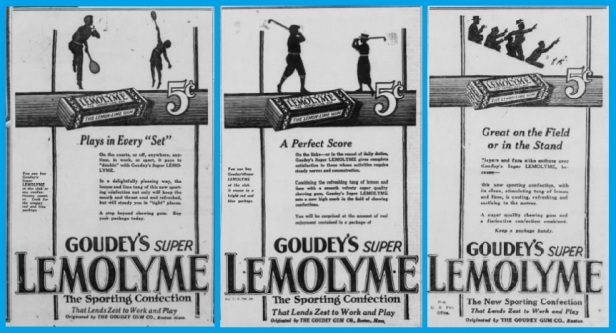
1922
It would be nearly a year before the Goudey Gum Company was back in the papers, and this time they were finally ready to hire boys. Here is their ad from the July 2, 1922, Boston Globe.
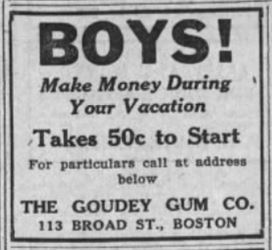
The ad inspires at least a couple questions. Why boys? And what’s with the 50 cents it takes to start? This feels like a multi-level marketing scheme where perhaps the boys are buying Super Lemolyme direct from Goudey and then pocketing any profits from its resale. The seed money involved wouldn’t have been insignificant for young boys. In today’s dollars the 50 cents would be about $8.
1923
Goudey was back in the Globe on October 22, 1923, with the kind of ad you just don’t see in the papers anymore!
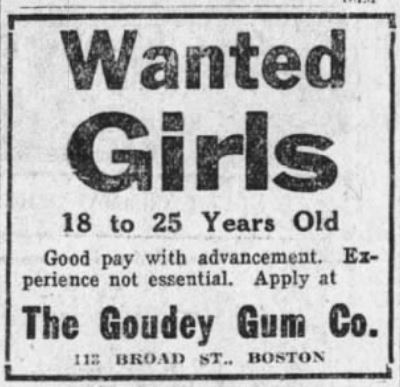
1924
With a diverse product line and a healthy supply of boys and girls, Goudey looked toward a bright future. The Real Estate Transactions section of the February 19 Globe hinted at significant expansion. Give our regards to Broad Street; we’re heading to 52 Everett!
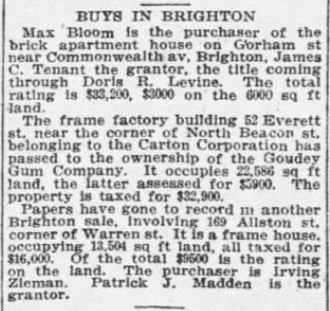
1925
By 1925, Goudey had introduced its “Oh Boy” gum. At least as far as the papers were concerned it was a mostly quiet launch. The earliest mention I could find was an August 10, 1925, article in the Harrisburg (Pennsylvania) Telegraph, which describes a grocer’s association stocking up for a major picnic with 1500 sticks of Oh Boy, among other items.
Beginning in late September the newspapers showed evidence of an expanded marketing strategy at Goudey. Two open letters, which looked similar at a distance, were placed in newspapers around the country. One ad, naturally enough, was directed at retailers, essentially urging them to put up their darn posters. The other, more surprisingly, was directly at teachers! Both bore the signature of E. Gordon Goudey.
The ad on the left is from the September 23 Harrisburg Telegraph, and the ad on the right is from the September 30 St. Louis Post-Dispatch, just in time for back to school!

Goudey continued to push Oh Boy with another ad (October 7 St. Louis Post-Dispatch) that reads much like a modern coffee ad. We not only learn about their sourcing of chicle, but we learn about the excellence of their workers and outstanding working conditions. The purity of the gum is touted, something we’ll return to soon enough.
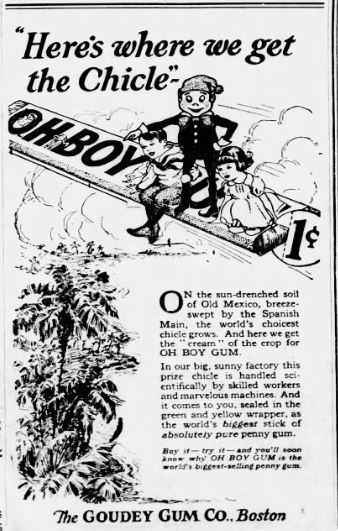
Goudey hits the purity angle pretty hard in their follow-up ads, including a Halloween themed one, all featuring the tag line: “Oh Boy Gum–it’s pure!” (Left to right: October 18 Indianapolis Star, October 23 St. Louis Post-Dispatch, October 25 Philadelphia Inquirer, October 27 St. Louis Post-Dispatch.)

Similar ads would continue through the end of the year, adding football and Thanksgiving themes. As always, “Oh Boy Gum–it’s pure!”
Or is it? (Cue dramatic music.)
1926
Holy shit! April 30, 1926. St. Louis Post-Dispatch.
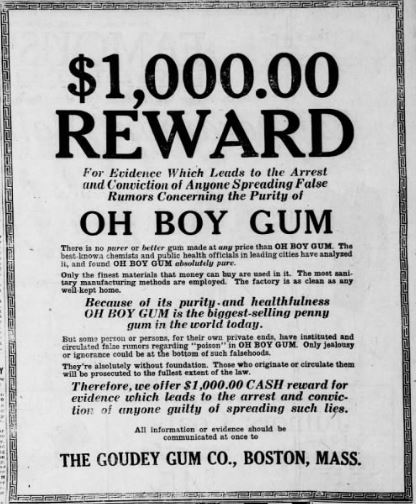
This ad from the June 16 St. Louis Post-Dispatch continues with the purity theme. Even the storekeeper knows! He was a little boy himself once. He would NOT POISON YOUR KIDS!!! Got it, mom and dad?
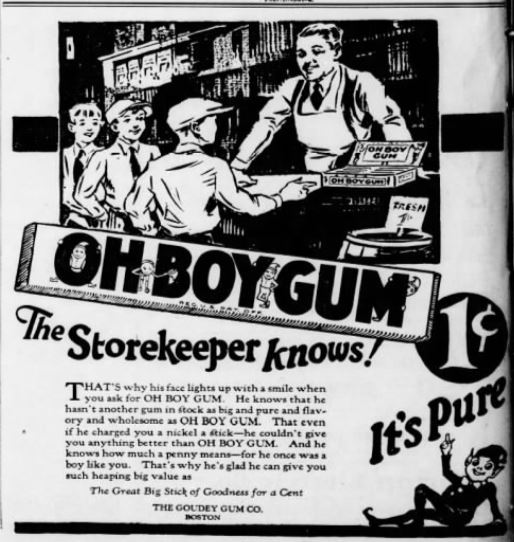
There would also be “Mother knows…” and “Uncle knows…” versions of the same ad, as well as more standard ads billing Oh Boy Gum as perfect for taking on a hike.
1927
Goudey made its first newspaper appearance of 1927 (at least among the archives I can access) on March 20 in the Daily Oklahoman. While the purpose of the ad was to share anniversary congratulations with a local distributor, the ad also reminded us that Oh Boy Gum came in two flavors: orange and spearmint.
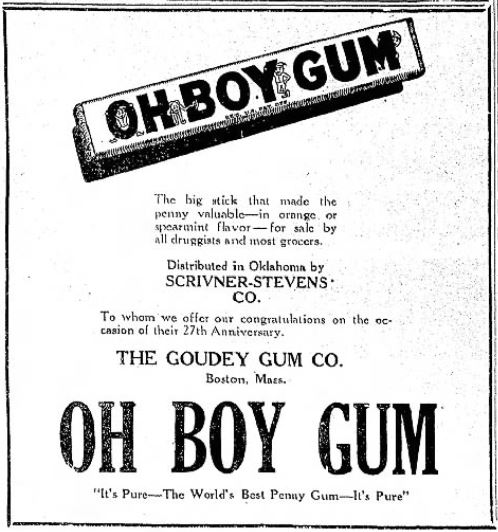
A month later, the April 20 Courier-Post (Camden, NJ) would announce that Goudey had attracted international investment…from a comedian. We also see here that there was evidently a “Goudey Gum Company of Canada” already in place.
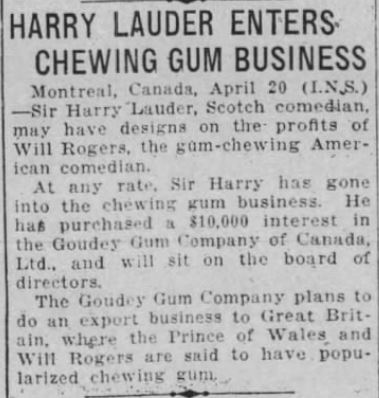
Freshly infused with new capital, we would learn a week later (April 28, Boston Globe) that the Goudey Gum Company was among a number of $50 donors (about $800 in today’s dollars) to a relief effort for Mississippi River flood victims. The May 2 paper would further note a $75 donation from employees of the Goudey Gum Company. Meanwhile, sails are set for even more international growth. (The Gazette, Montreal, May 12, 1927)

An October 10 follow-up article discussed the tremendous popularity of chewing gum in Europe and South Africa, noting it as a cigarette substitute for miners prohibited from smoking in the mines.
1929
On May 22, 1929, the Boston Globe noted on its business pages the election of a treasurer and two directors. An earlier treasurer of Goudey had a name well known to 1930s baseball card collectors, Harold DeLong.

As the decade headed toward its close, Oh Boy Gum came in two flavors, the Goudey board had new members, and business abroad was booming. What could possibly go wrong?!
1930
Holy shit!! Windsor Star (Windsor, Ontario, Canada), April 15, 1930.
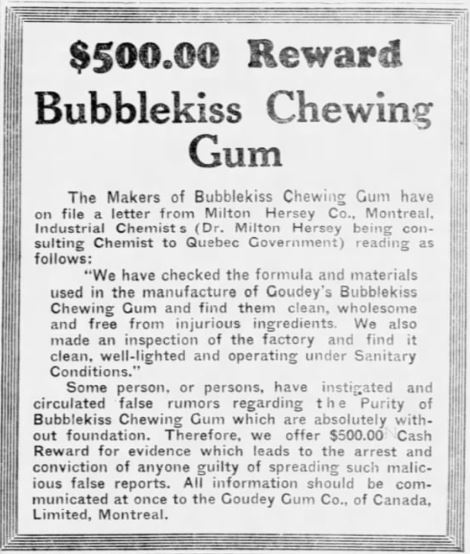
Back in the states, Goudey was hiring, and operations had expanded. Lest you assume gender unimportant for the new positions, rest assured the ad appeared in the “Help Wanted – MALE” section of the newspaper. (Brooklyn Daily Eagle, June 4, 1930)

Goudey had also taken to sponsoring a popular radio program, the Rainbow Radio Rascals. This pairing, advertised in the June 24 Boston Globe, would lead to one of Goudey’s earliest trading card products, a set of six Radio Rascals cards that could be mounted in an album telling the story of chewing gum. (You can see the entire collection here. And hat tip to fellow cardboard detective Matthew Glidden for letting me know about an even earlier Goudey set.)

1932
Only one year away from their Big League Chewing Gum set, it’s possible to read into much of Goudey’s 1932 activity as setting the table. The first order of business would be hiring more girls to wrap the gum. My mistake, not just any girls this time. “No skills required” was so 1920! Only experienced wrappers need apply this time around.

It is believed to be shortly after this time that E. Gordon Goudey, 68 years old, sold his ample stake in the company to a relative and member of the Corning family. It would be up to others to produce the famous baseball sets that would bear his name.
Shortly after E. Gordon Goudey’s departure, the company beefed up its sales team. The May 8, 1932, edition of the Paducah Sun-Democrat (Kentucky) reported on the hiring of one of their own, Sam H. Dreyfuss, as Assistant Sales Manager.
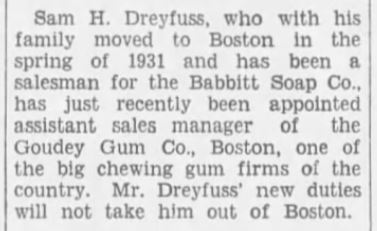
Curiously, a Sam H. Dreyfuss from Paducah, Kentucky, had previously been found guilty of “misbranding” drug products when his “Walker’s Tonic,” designed to cure absolutely whatever ails you, was found by the United States Department of Agriculture to be more or less a watered down mixture of alcohol, celery, and ash. (As my son would say, you can Google it if you don’t believe me.)
Goudey once again found its name among the pages of the Paducah Sun-Democrat on July 22 when Mr. Dreyfuss wrote home from Boston to share a serendipitous tale of some strawberries he admired.
We can only imagine what a busy period Goudey was to enter in the 6-9 months that followed. Having only the Rainbow Radio Rascals on their cardboard resume, 1933 would see Goudey launch its Boy Scouts, Indian Gum, Sea Raiders, and World War gum card sets along with the set that today is synonymous with the company, the 240-card Big League Chewing Gum baseball set.
And with that, the rest, as they say, is history!
